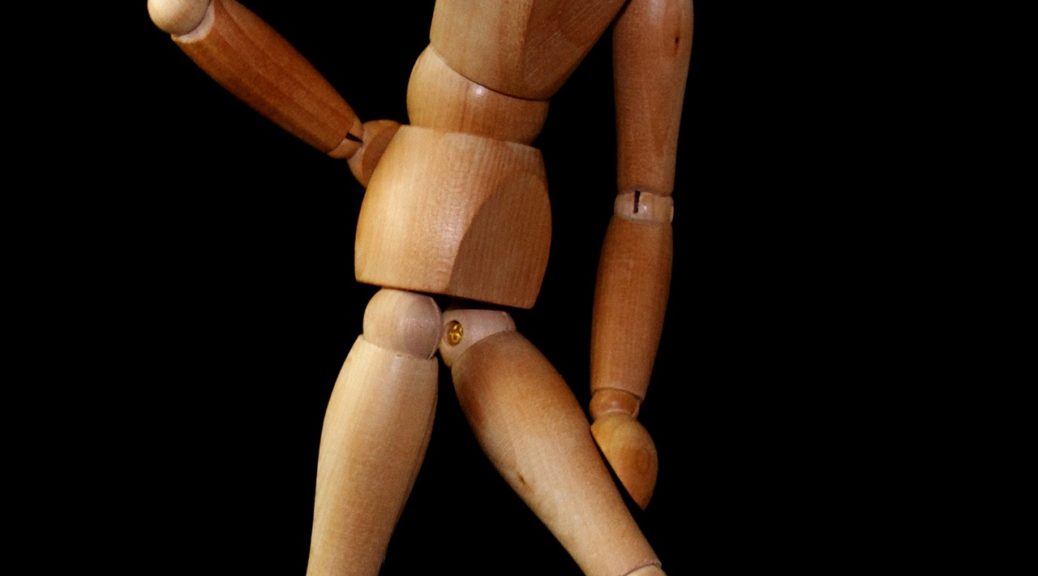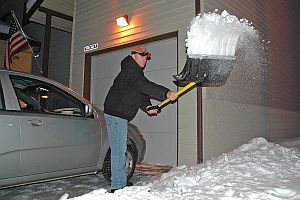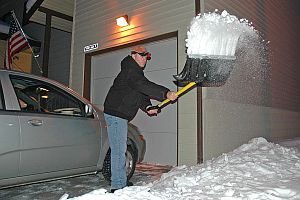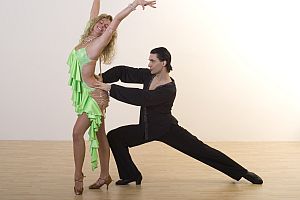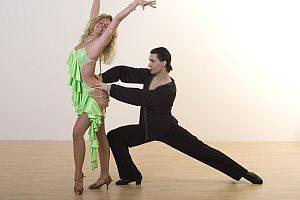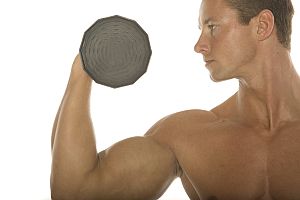Dealing with the Pandemic…Some Health Basics
We hope all of you are well and healthy!
The Covid-19 pandemic has certainly changed life as we all have known it.
The pandemic needs to be taken seriously. The choices and actions of each of us matter. That is why we have taken such strenuous measures in our office to keep our patients as safe as possible while still offering our health services.
There is a lot of misinformation being circulated throughout social media and various digital media. There is a lot that is still unknown in regard to the Covid-19 virus. However, whether we are dealing with the Covid-19 virus, influenza B or some other health altering condition, it is important to practice habits that will promote positive health. With that in mind, we want to share some practical measures that can assist you, your loved ones and your health.
First of all, eating well, drinking plenty of water, exercising and getting appropriate rest have always been important and continue to be so. Our 2020 Oblander Health Challenge of eating 6 fruits and vegetables per day, drinking at least 64 ounces of water per day, and exercising at least 150 minutes per week still remains in effect! Additionally, don’t discount the effect of having a positive attitude!
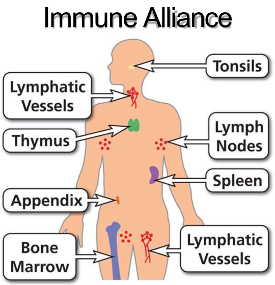
For most of us, additional supplementation is a good idea. Keeping our immune systems strong and healthy is always a good idea. So…how is that done? What supplements are most important? When we are talking about the immune system, it is important to understand that we are talking an immune alliance between various organs and systems in our bodies.
Basic supplementation needs would be Vitamin D, Vitamin C, Calcium, and Vitamin F. We all know about the importance of Vitamin C. You may not know how important Calcium is. Numerous studies have shown that Calcium is very important in strengthening our immune systems. Vitamin F ionizes calcium and transfers calcium from the blood into the tissues. Vitamin D put calcium into the bloodstream. Standard Process also has two “combo” supplements that have been developed specifically to aid the immune system. The first is Immuplex. Just as the name implies, its combination of ingredients is specifically designed to strengthen the various components involved in the immune system. The other specialized supplement is Congaplex. Congaplex is designed for short term use and is to be used at the onset of symptoms. We have these supplements available in our office. We also have a new option available to us that allows us to have Standard Process ship supplements directly to your home. However, please note that there will be a $7.00 “drop ship” charge that will be added by Standard Process for any orders that are shipped directly to your home.
Another effective way to help defend against any virus is organic unfiltered apple cider vinegar (Bragg’s or other vinegars with the “mother” in it). This type of apple cider vinegar contains 5% acetic acid. Pathogens fare poorly in an acidic environment. A standard dose for adults would be 2 T. in the morning and at night. Children would be given half that amount. However, doses can be increased up to 8 to 12 T. a day.
Grandmother knew what she was doing when she tried to give us cod liver oil (cod liver oil is wonderful source of vitamin D) and barley water. They may not be the things your taste buds crave. However, they are wonderful for helping your immune system. Barley water can be made by soaking pearl barley in a quart jar for 24 hours in the refrigerator. Then remove the barley and drink the water!
As most of you know, staying adjusted is another way to strengthen your health and your immune system.
Amid the various statistics and reports that are being circulated by the media, we have come across an article that seems to provide some good information. The article was written by John P.A. Ioannidis. Dr. Ioannidis is professor of medicine, of epidemiology and population health, of biomedical data science, and of statistics at Stanford University and co-director of Stanford’s Meta-Research Innovation Center. We are including a link to his article below:
As you deal with the daily ramifications of the pandemic, be sure to find the blessings in your life. Gratitude and a positive attitude go a long way towards boosting our mental and physical health! Stressing, on the other hand, is detrimental to your health. It may be difficult to turn the news off but if it is only stressing you, turn it off. Instead, try some of these ideas:
- Listen to uplifting, inspiring music!
- Organize a group chat with your friends!
- Try to find ways to serve others!
- Go for a walk! (Stay physically active)
- Organize that closet that has been haunting you!
- Make a point of thinking about all the people who have been a positive influence in your life and then call them or write them a note letting them know how much they mean to you!
This can be a time of making positive changes and becoming a better you!
Stay Safe and Stay Healthy!

